
Cloning Rare Plant Varieties: The Ultimate Guide to Successful Propagation
Imagine having a collection of rare plants that you’ve successfully cloned, each one carrying the same unique traits as its parent—now imagine how satisfying it would be to grow and share these prized varieties with fellow plant enthusiasts. Cloning rare plant varieties is an incredible way to preserve these gems and expand your plant collection without the need for expensive seeds or mature plants. Whether you’re a seasoned gardener or just starting your propagation journey, this ultimate guide to cloning rare plant varieties will provide you with everything you need to achieve success in your plant cloning endeavors. Let’s dive into the fascinating world of plant propagation! 🌿✨
Table of Contents
Toggle🌱 What is Cloning in Plants? 🌱✨
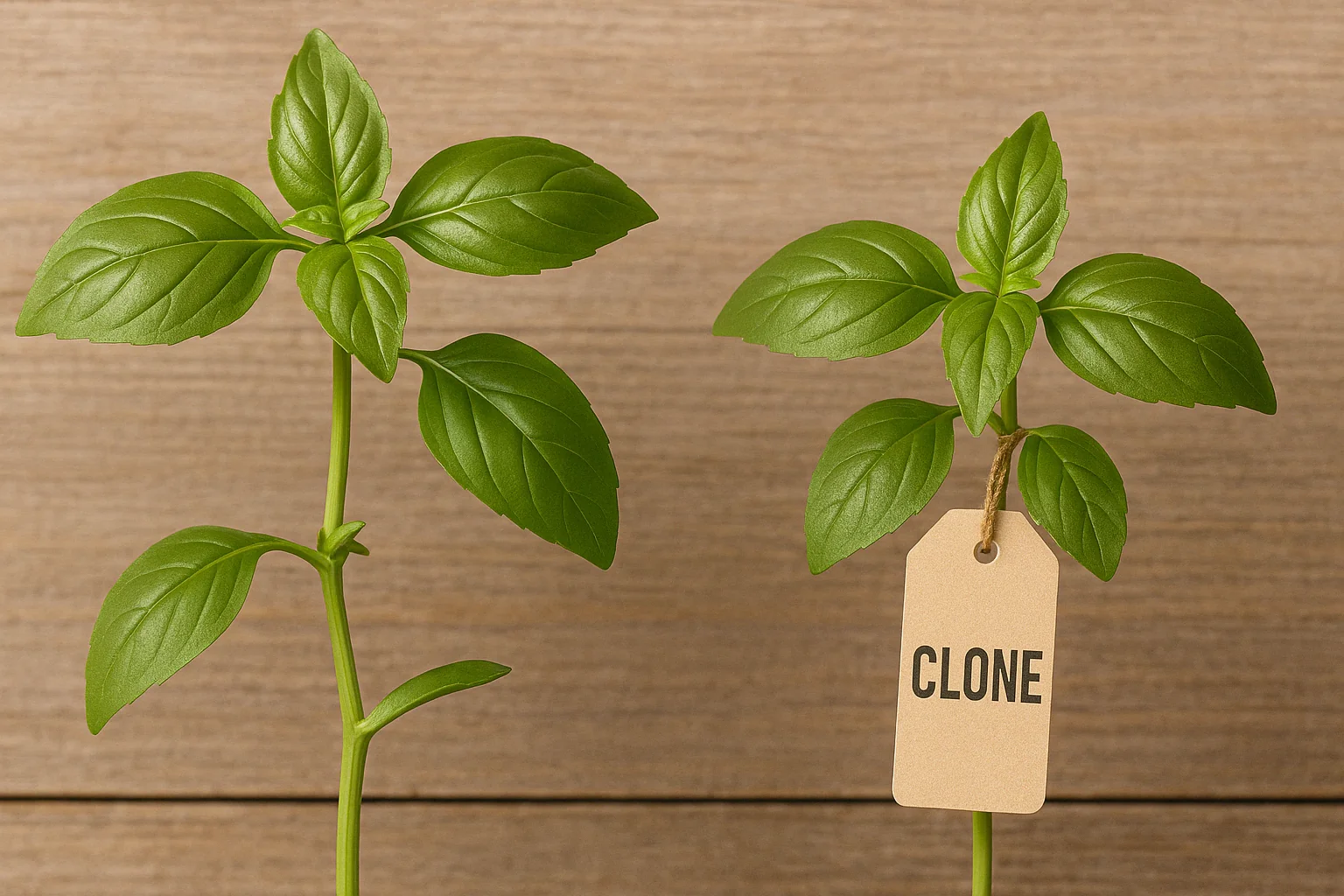
Cloning in plants is the process of creating genetically identical copies of a parent plant. 🌿 Unlike growing plants from seeds, cloning allows you to preserve the exact traits of the original plant—perfect for rare varieties you want to keep consistent!
This is done by using parts of the plant, like stems, leaves, or roots, and encouraging them to grow into a new, independent plant. It’s like making a twin! 👯♀️ Cloning helps bypass the slow process of seed growth and ensures the new plant has the same genetic makeup as the original, making it a top choice for rare plants. 🌸
In essence, plant cloning is a simple and effective way to propagate plants while keeping their unique qualities intact.
🌿 Why Clone Rare Plant Varieties? 🌿💎
Cloning rare plant varieties offers several amazing benefits that make it a popular choice for gardeners and plant enthusiasts. Here’s why you should consider it:
🌟 Preserve Unique Traits 🌟
When you clone rare plants, you ensure that their special characteristics—like vibrant colors, unusual shapes, or unique textures—are passed down exactly as they are. No surprises!
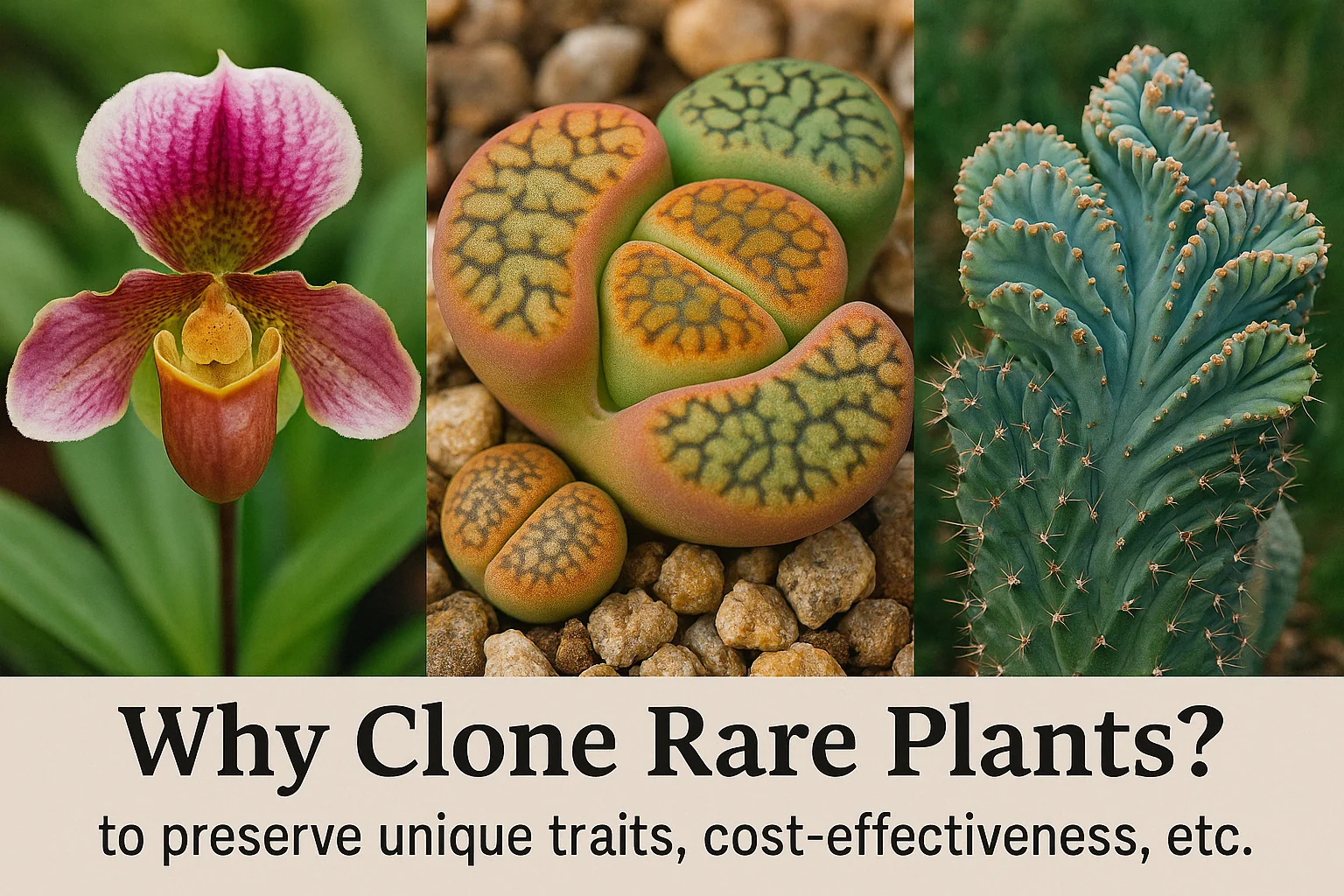
💰 Cost-Effective 💰
Rare plants can be expensive to buy or find. Cloning allows you to grow your collection without needing to purchase new plants, saving you money in the long run.
🌱 Expand Your Collection 🌱
Cloning lets you increase the number of your rare plants without waiting for seeds to mature. It’s the fastest way to multiply your collection of prized varieties!
🛡️ Protect Against Extinction 🛡️
Some rare plants are hard to find or endangered. Cloning can help safeguard their existence, giving them a better chance at survival.
By cloning rare plants, you not only ensure their beauty lives on, but you also build a stronger, more diverse plant collection! 🌿
🌿 Popular Methods for Cloning Rare Plants 🌿🔪
There are several effective methods to clone rare plants, each with its own advantages depending on the type of plant you’re working with. Here are some of the most popular methods:
✂️ Cuttings ✂️
Cutting is the easiest and most common method for cloning plants, especially for beginners. Simply cut a healthy stem, leaf, or root from the parent plant, and encourage it to root in soil or water.
- Best for: Succulents, herbs, and vines.
- How to Do It: Cut just below a node (where leaves or roots grow) and place it in water or soil. Use rooting hormone for better results.
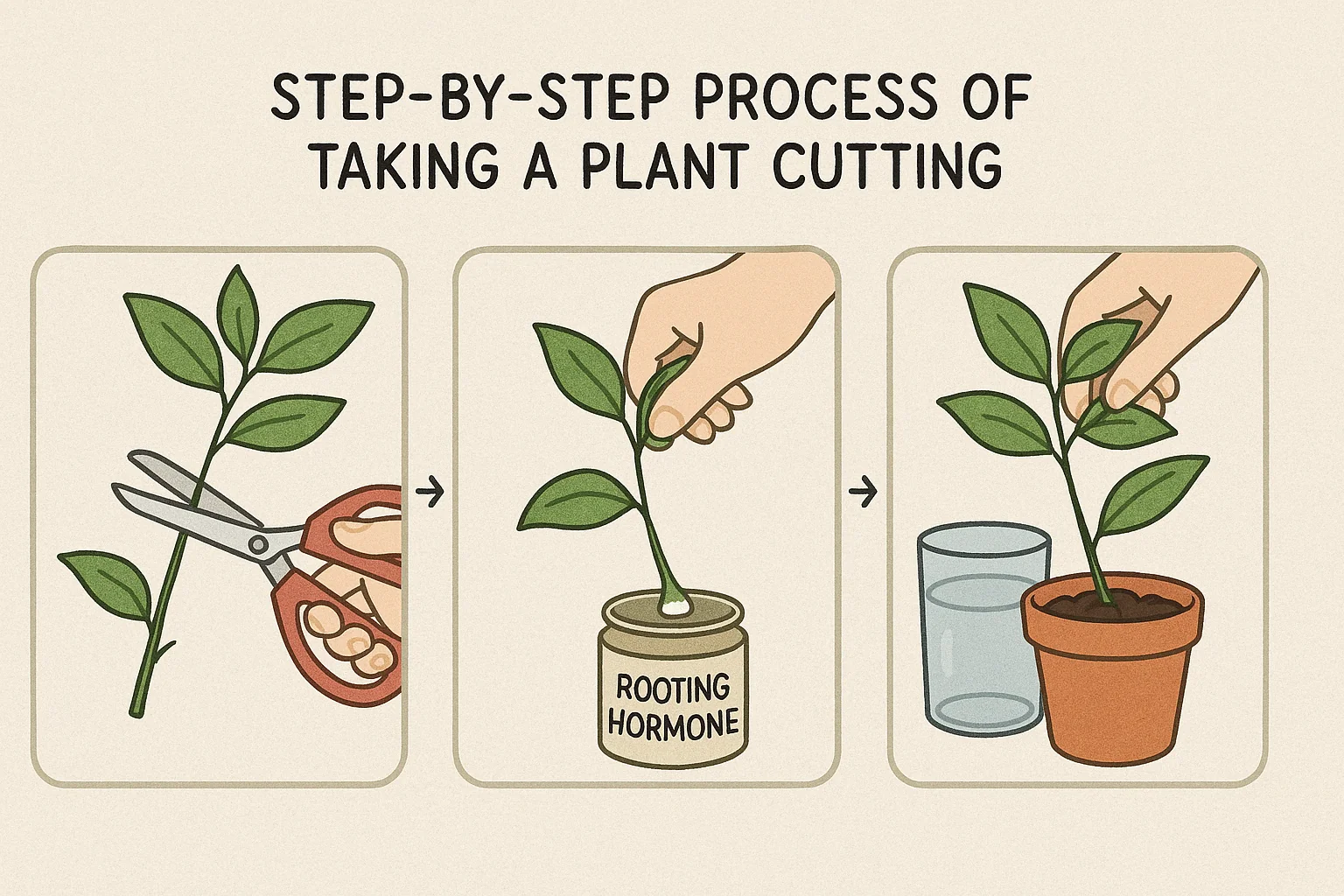
🌱 Layering 🌱
This method works well for plants with long stems or vines. You bend a branch to the soil, let it root while still attached to the parent plant, and then separate it once established.
- Best for: Climbing plants like ivy or raspberries.
- How to Do It: Bury a part of the stem in soil while it’s still attached, and wait for roots to form. Cut and transplant once ready.
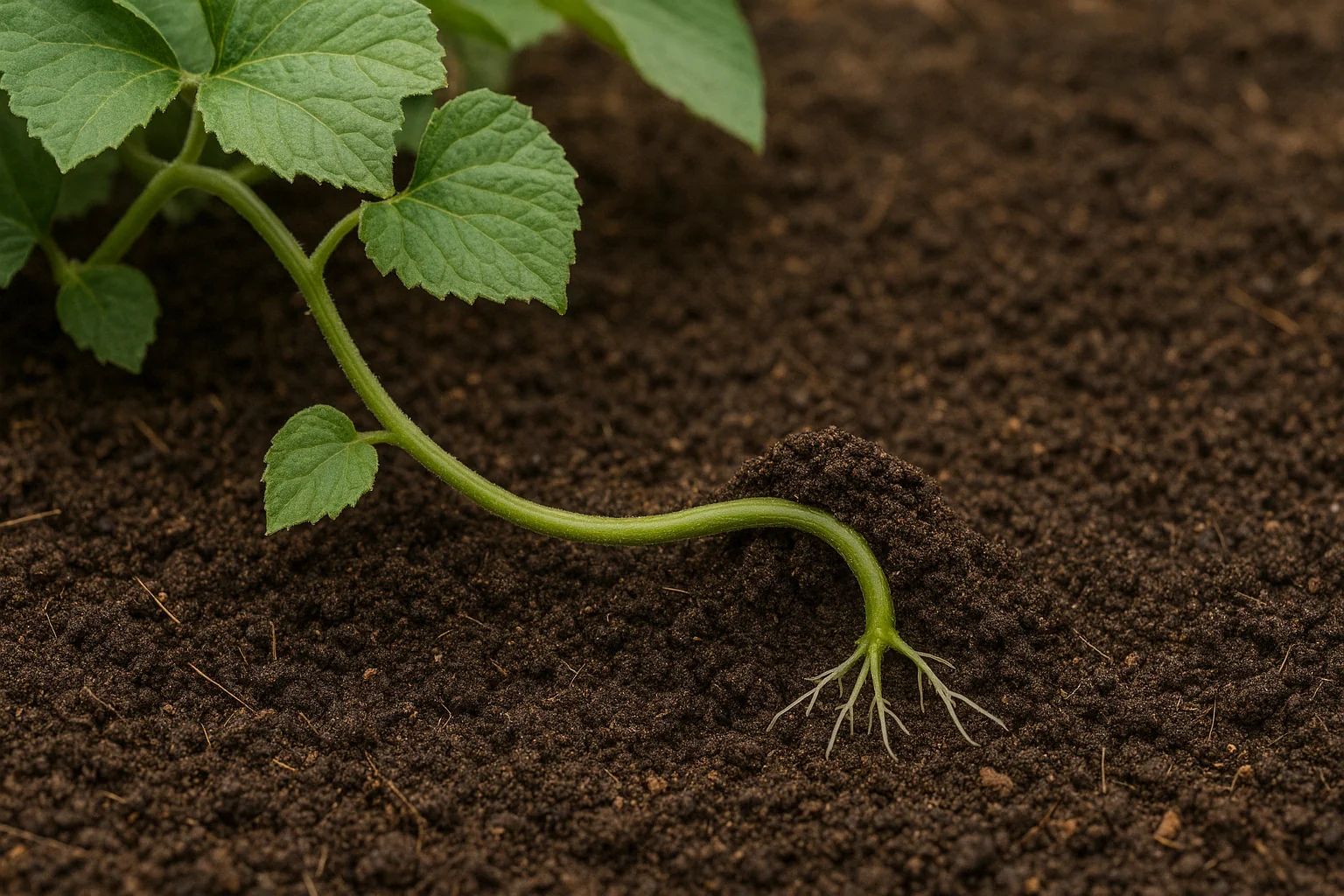
🧪 Tissue Culture 🧪
Tissue culture is a more advanced, but highly effective method that involves growing a plant from a tiny tissue sample in a sterile environment.
- Best for: Orchids, rare or endangered species.
- How to Do It: A small piece of plant tissue is placed in a nutrient-rich gel to develop into a full plant under controlled conditions.
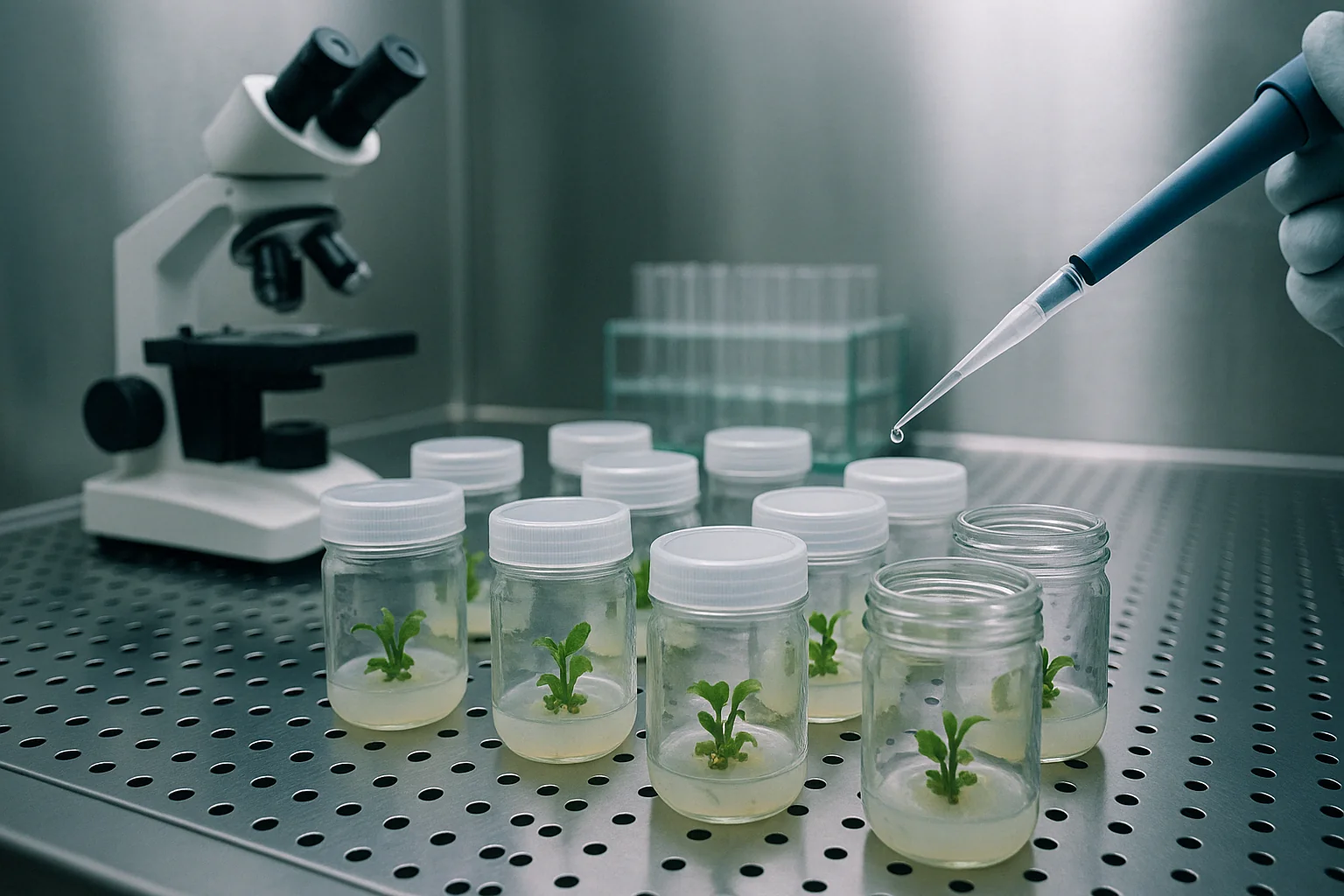
🌳 Grafting 🌳
Grafting involves attaching a stem or branch from one plant to the rootstock of another. This method is used when the plant has a slow growth rate or needs specific root characteristics.
- Best for: Fruit trees or ornamental plants.
- How to Do It: Cut the top of the donor plant and attach it to the rootstock, ensuring the cuts align well.
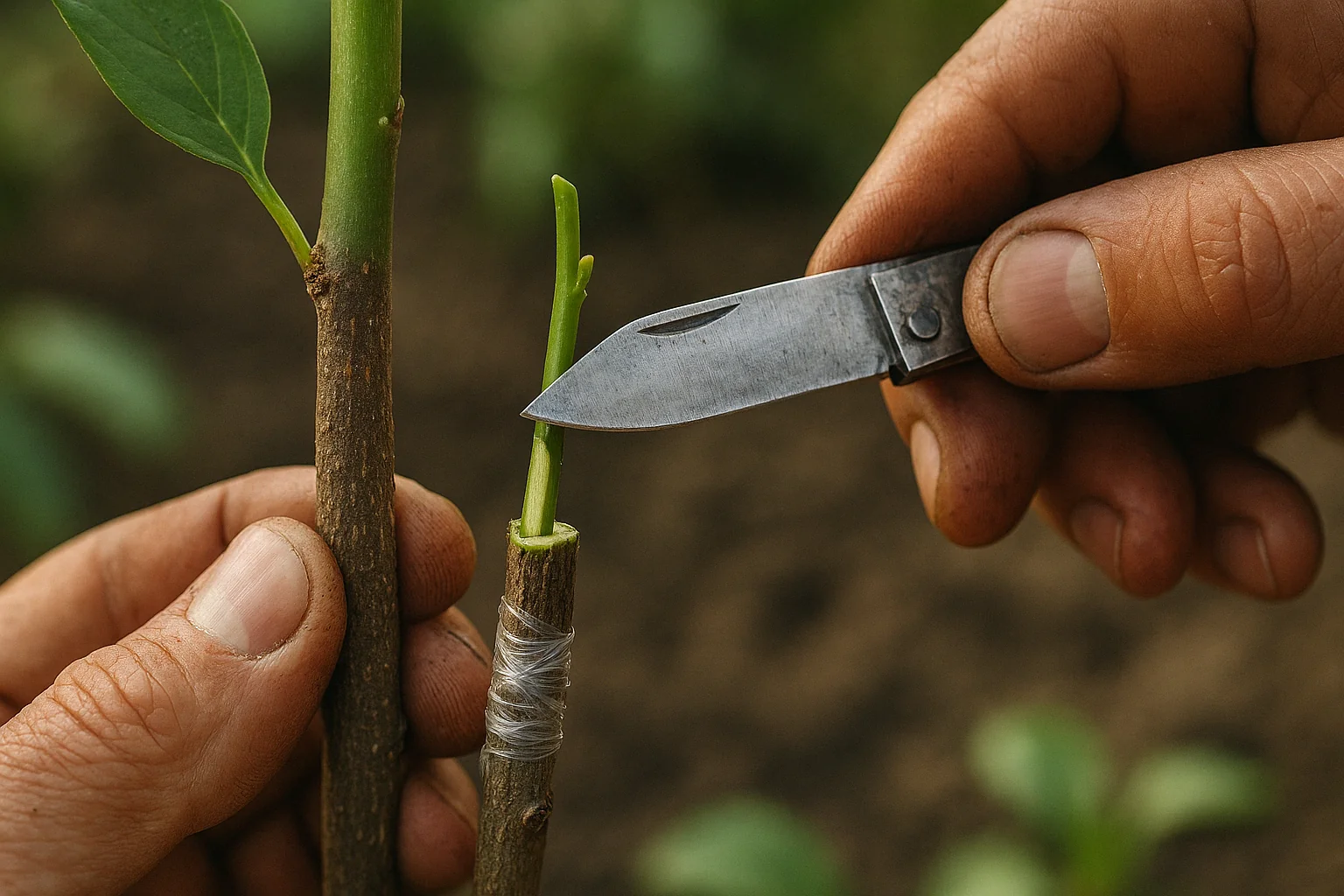
These methods allow you to clone a wide range of rare plants with great success. Choose the one that works best for your plant’s needs! 🌿
🌱 Preparing for Cloning Rare Plants 🌱🔧
Before you dive into cloning rare plants, proper preparation is key to ensure your success. Here’s how to get ready for the process:
🌿 Select the Right Parent Plant 🌿
Choose a healthy, vigorous parent plant. Avoid plants that show signs of disease, pests, or poor growth. A strong, thriving plant will give you the best chance of success.
🛠️ Gather Your Tools 🛠️
You’ll need the right tools for the job:
- Pruning Shears: To cut cleanly without damaging the plant.
- Rooting Hormone: Helps stimulate root growth.
- Pots and Containers: For rooting your cuttings.
- Sterile Soil or Water: A clean medium is essential to avoid disease.
- Plastic Bags or Humidity Dome: To maintain high humidity around the cuttings.
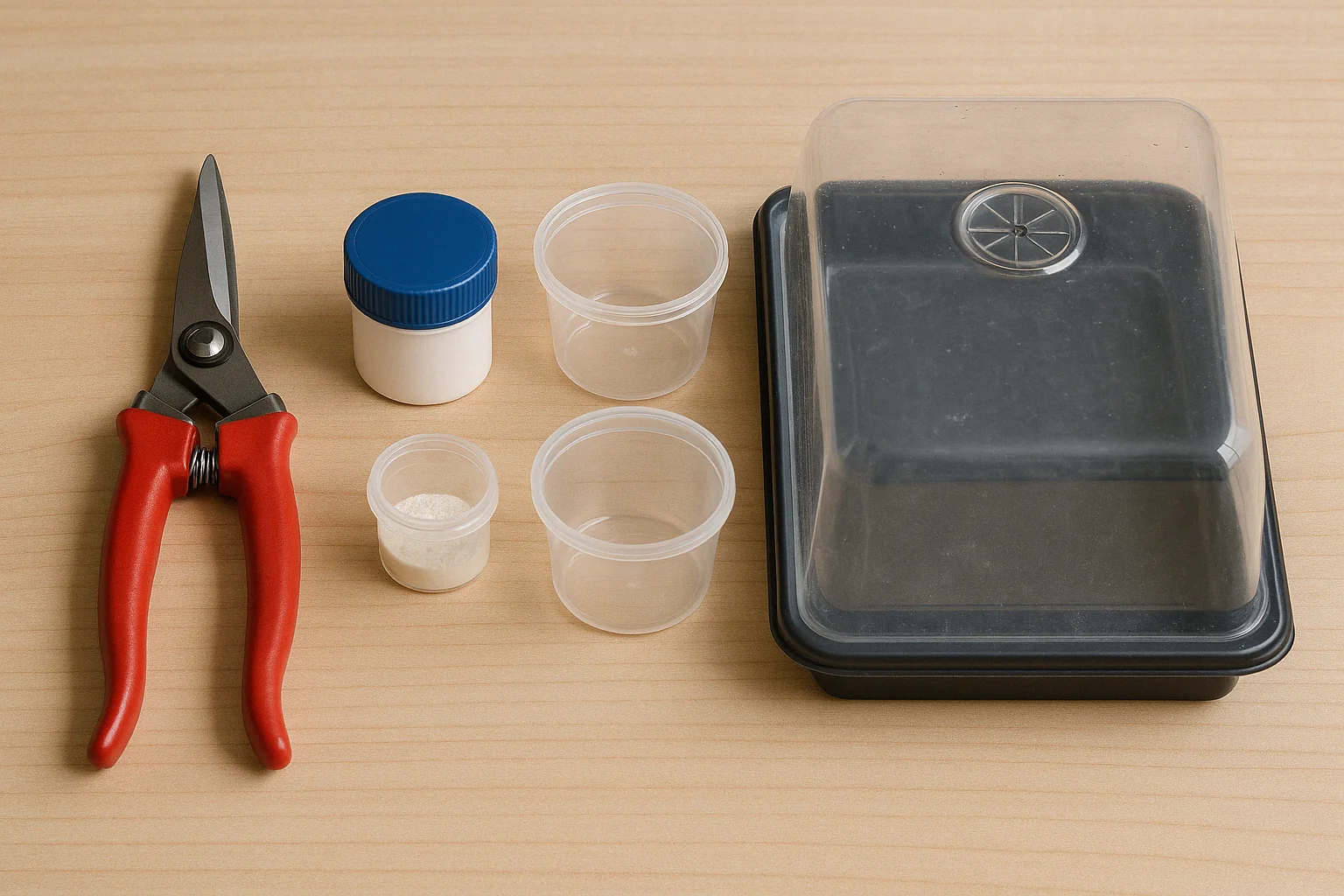
🌞 Create the Ideal Environment 🌞
Clones need the right conditions to thrive:
- Light: Indirect light is ideal. Direct sunlight may stress the cutting.
- Temperature: Warm temperatures (65-75°F or 18-24°C) work best for rooting.
- Humidity: High humidity helps cuttings root faster. Use a humidity dome or a plastic bag to create a mini greenhouse effect.
🧼 Maintain Sterility 🧼
To avoid infections, keep everything clean! Disinfect your tools and containers before use, and ensure your working area is free of dust and pests. Cleanliness is crucial for successful cloning.
With the right preparation, you’ll be ready to clone rare plants like a pro! 🌿
🌱 Step-by-Step Cloning Process 🌱✂️
Now that you’re prepared, it’s time to dive into the actual cloning process. Here’s a simple, step-by-step guide to help you clone rare plants successfully:
Step 1: Choose and Prepare the Plant Material 🌿
- Pick the Right Part: Choose a healthy stem, leaf, or root from the parent plant. Make sure it’s free from disease and pests.
- Cutting the Plant: Use clean, sharp pruning shears to take a cutting. For stems, ensure it’s about 4-6 inches long, with at least one node (the area where leaves or roots grow).
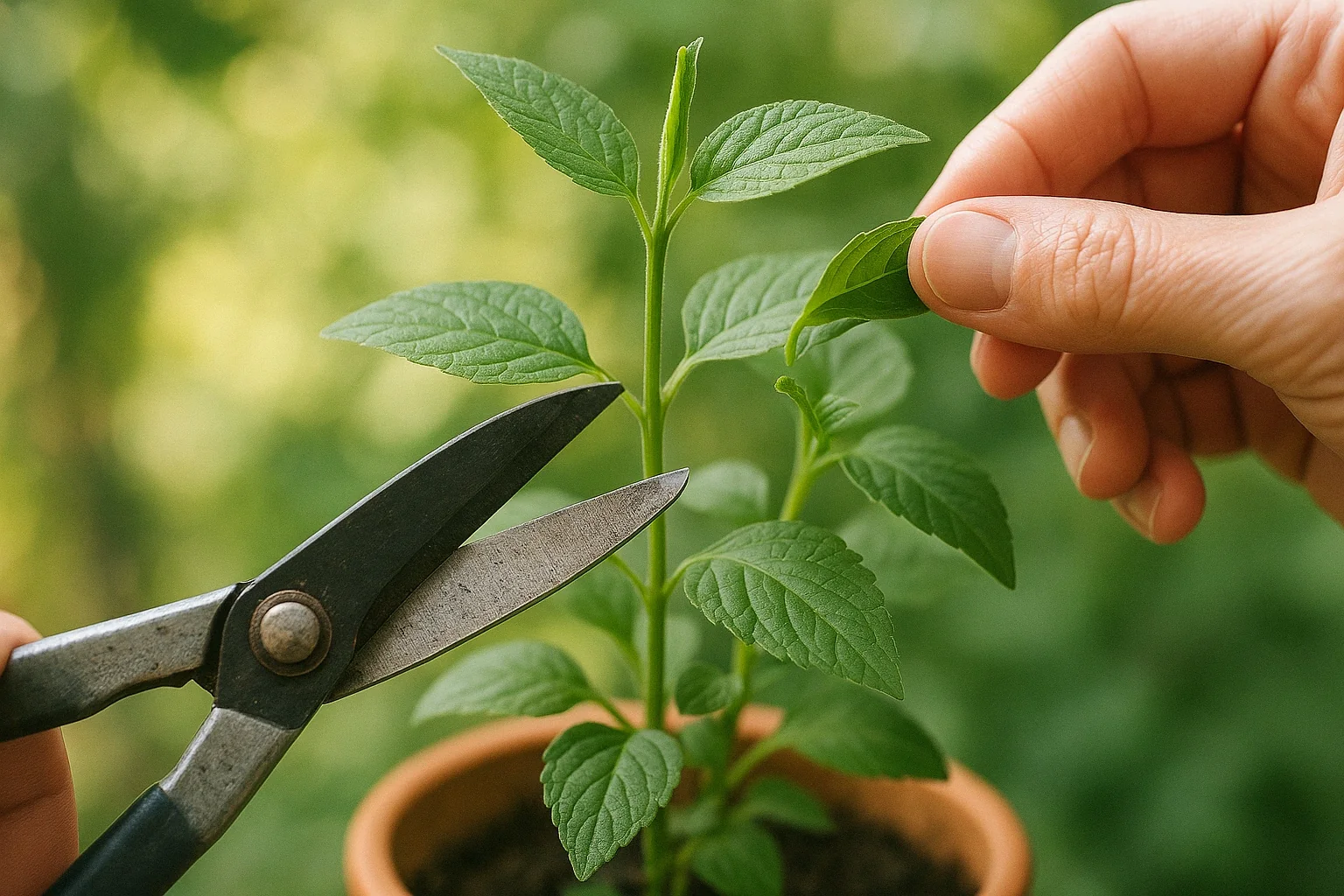
Step 2: Apply Rooting Hormone (Optional) 🌱
- Rooting Hormone: Dip the cut end of the stem or leaf into rooting hormone. This helps encourage root development.
- Tip: Not all plants need rooting hormone, but it can improve the chances of success, especially for harder-to-clone varieties.
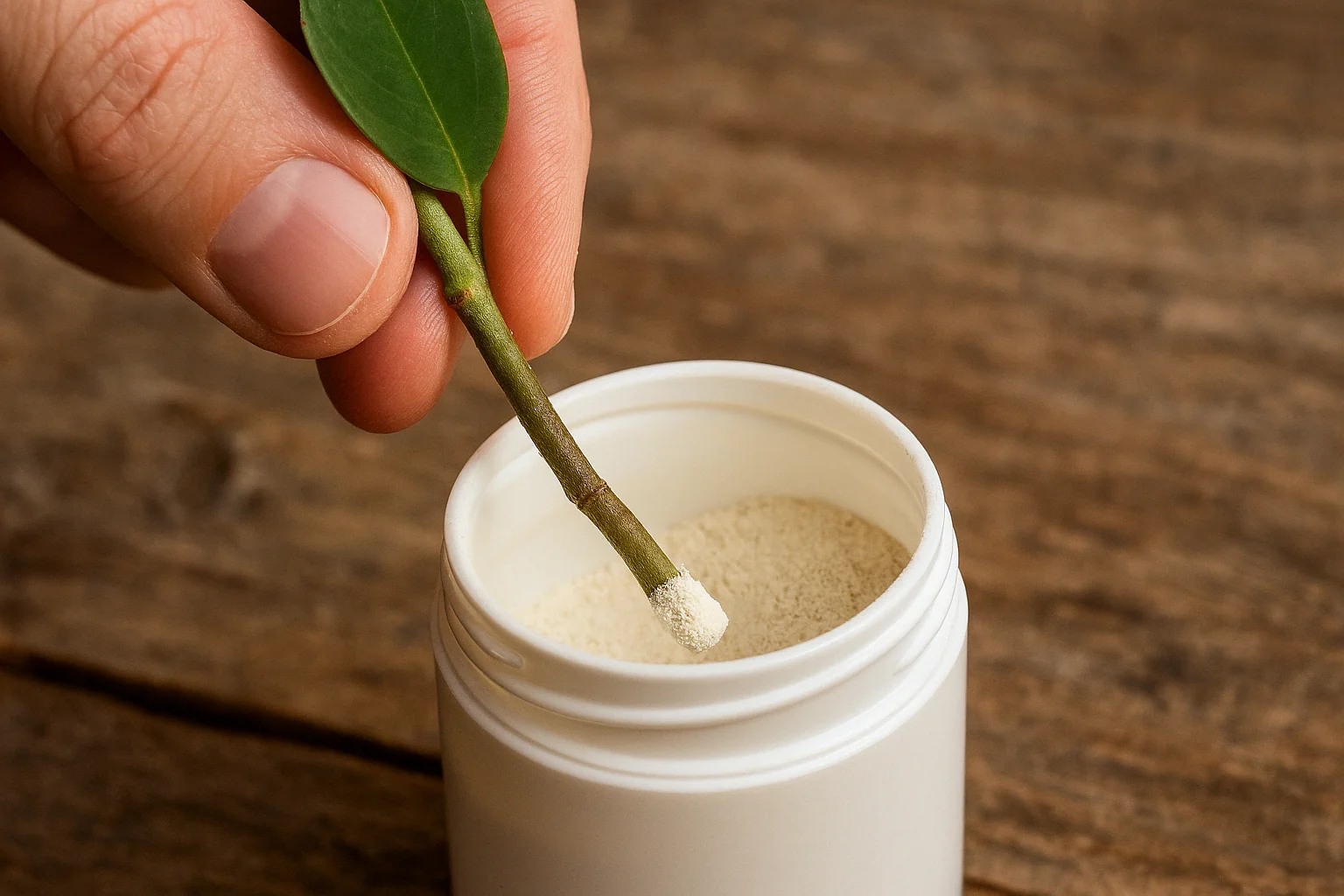
Step 3: Planting the Cutting 🪴
- In Water: Place the cutting in a glass of water, ensuring the node is submerged but the leaves stay dry. Change the water every few days to keep it fresh.
- In Soil: Plant the cutting in a small pot filled with well-draining soil. Gently press the soil around the cutting to secure it in place.
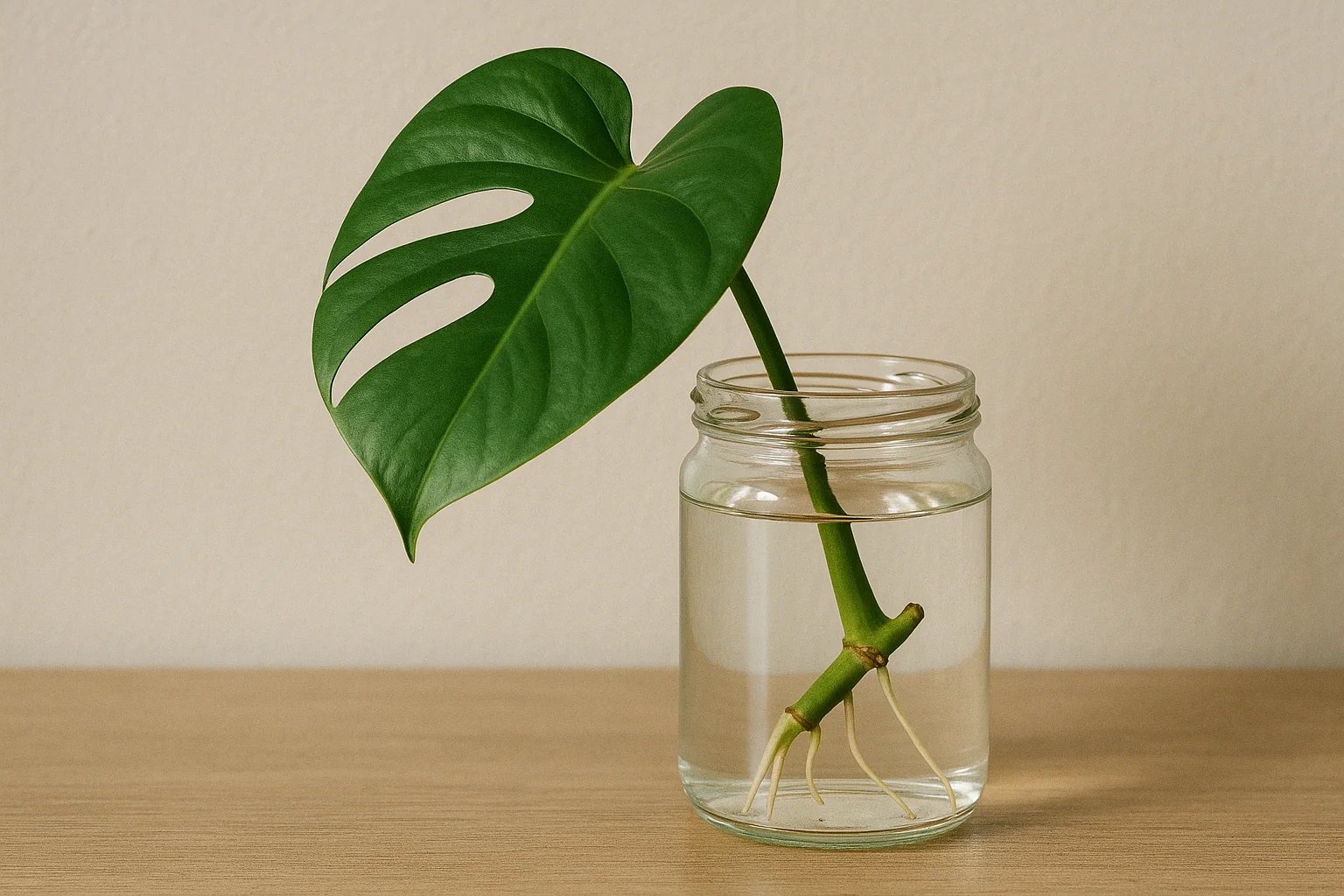
Step 4: Create the Right Environment 🌞🌧️
- Humidity: Cover the cutting with a plastic bag or humidity dome to retain moisture. This creates a mini greenhouse effect that helps the cutting root faster.
- Light: Place the cutting in a bright spot with indirect light. Too much sunlight can dry it out, while too little can slow down growth.
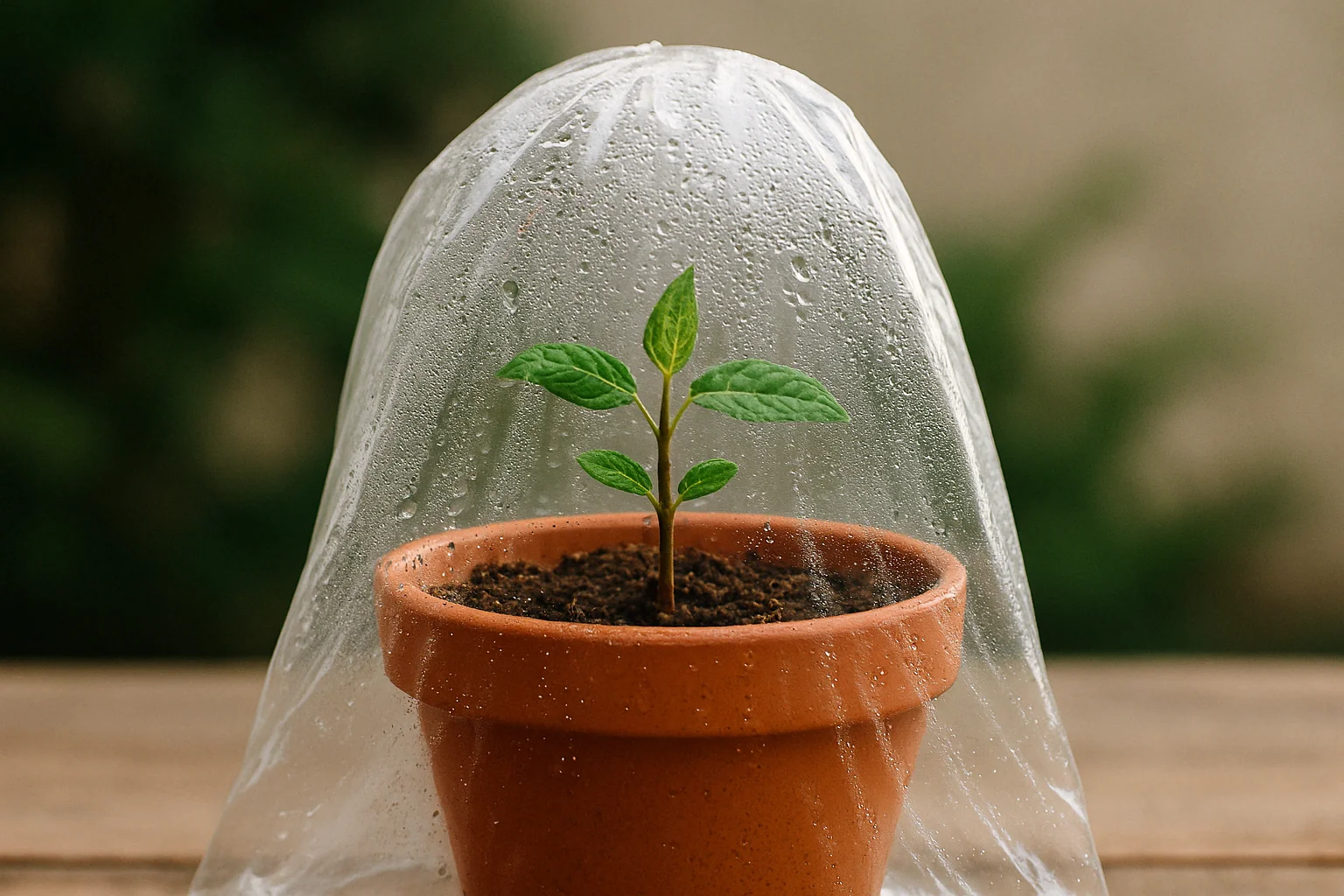
Step 5: Wait for Roots to Develop ⏳
- Monitoring Progress: After a few weeks, check for roots. If you’re using water, you should start seeing roots after 1-2 weeks. For soil, gently tug on the cutting—if you feel resistance, roots are forming.
- Patience: Cloning takes time. Be patient and maintain the right conditions to help the cutting grow strong roots.
Step 6: Transplant the Clone 🌱🌿
- Once the cutting has developed a healthy root system, it’s time to transplant it into its own pot with fresh soil. Slowly acclimate it to its new environment by gradually increasing light exposure.
🌿 Tips for Successful Cloning 🌱💡
To increase your chances of success when cloning rare plants, keep these helpful tips in mind:
✂️ Use Clean, Sharp Tools ✂️
Always disinfect your pruning shears or scissors before taking a cutting. Clean cuts reduce the risk of infection and ensure the plant heals quickly. A sharp tool will also prevent crushing the plant tissue, which can stunt root growth.
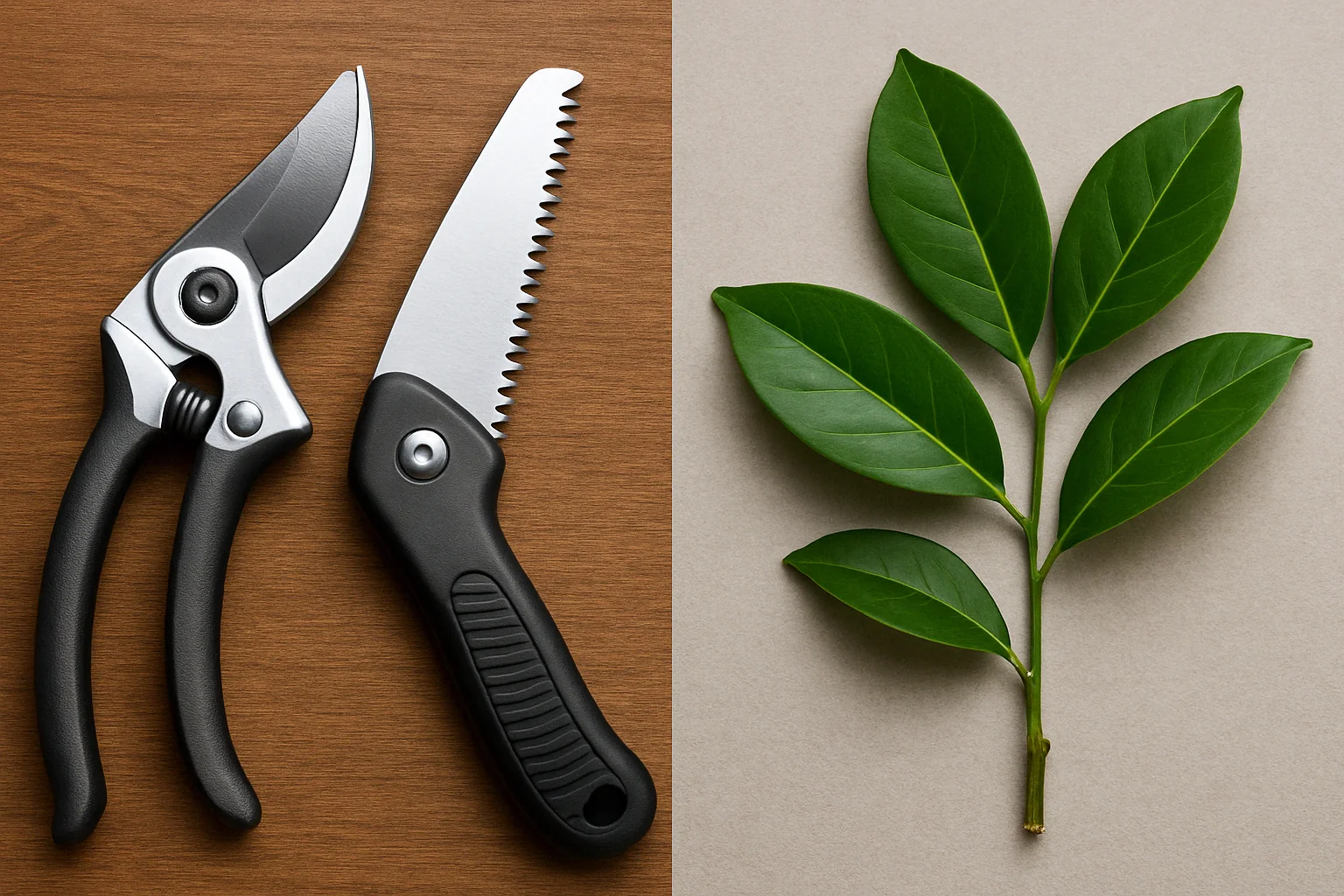
💧 Avoid Overwatering 💧
While it’s important to keep the cutting moist, be careful not to overwater. Too much water can cause the cutting to rot. Make sure the soil is well-draining and allow the top layer to dry out slightly between waterings.
🌿 Maintain Humidity 🌿
Clones thrive in a humid environment. Cover your cuttings with a plastic bag, clear container, or humidity dome to retain moisture. You can also mist the cutting lightly to keep the humidity levels up. Just ensure good airflow to avoid mold.
⏳ Patience is Key ⏳
Cloning takes time! Some plants root faster than others, so don’t rush the process. Be patient, and resist the temptation to disturb the cutting too often. Frequent checking can stress the plant.
🌞 Keep the Temperature Consistent 🌞
Cloning works best in a warm environment (65-75°F or 18-24°C). Avoid placing your cuttings in cold or hot spots, as temperature extremes can slow root development.
🌱 Don’t Skip Rooting Hormone 🌱
While not all plants need rooting hormone, it can significantly speed up the process, especially for harder-to-clone varieties. It encourages root formation and reduces the chances of failure.
💡 Be Mindful of Light 💡
Give your clones bright, indirect light to encourage healthy growth. Too much direct sunlight can cause stress or drying, while too little light can hinder root development.
🧼 Keep Everything Sterile 🧼
To prevent diseases, always use clean pots, soil, and tools. Sterility is crucial for successful cloning, so wipe everything down before use and avoid using old, contaminated materials.
By following these simple tips, you’ll maximize your chances of cloning rare plants successfully! 🌱💚
🌸 Special Considerations for Cloning Rare Varieties 🌸🔍
Cloning rare plant varieties comes with its own set of unique challenges and considerations. To ensure your success, keep these special tips in mind when working with rare plants:
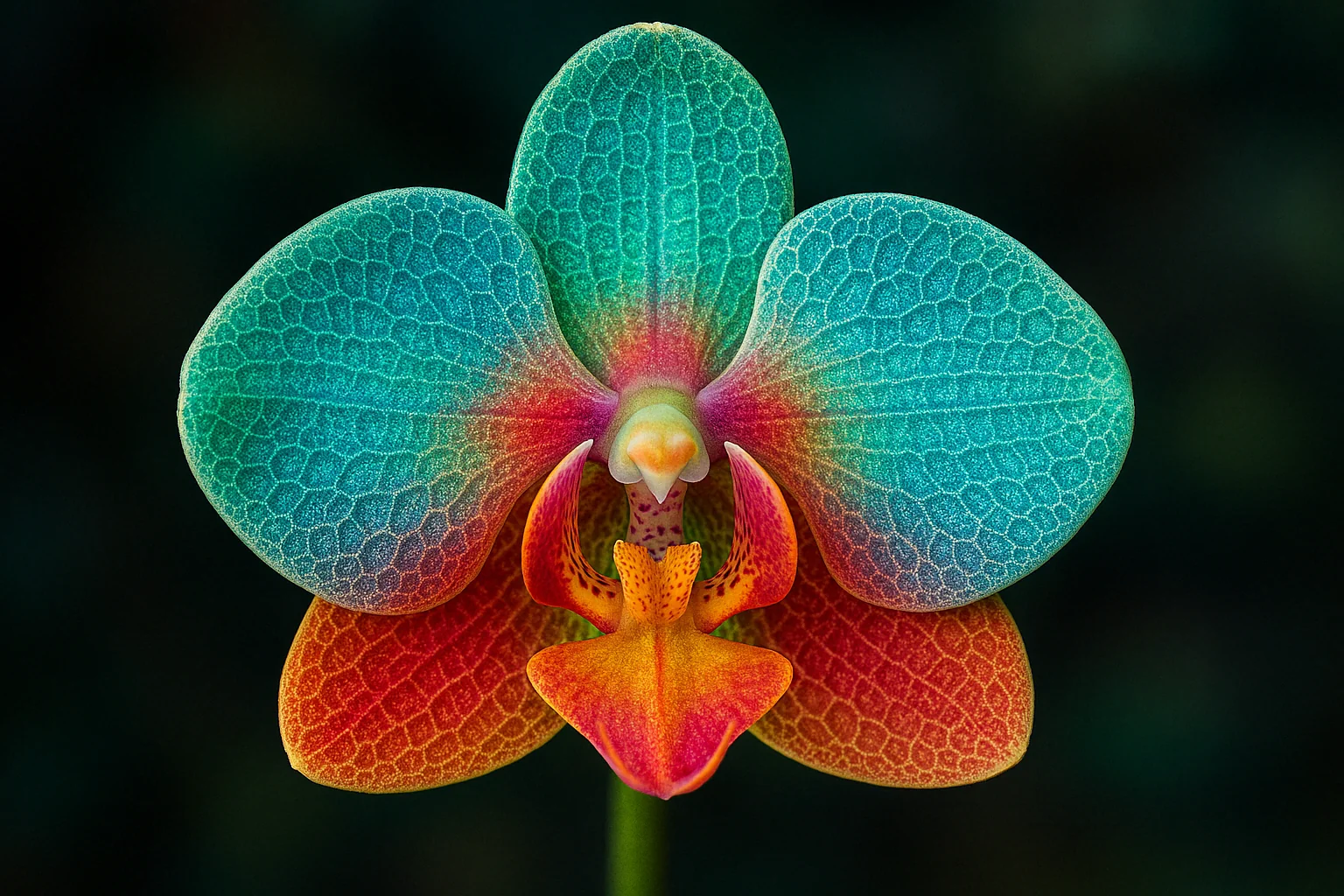
🧬 Genetic Stability 🧬
Rare plants often have specific genetic traits that make them unique. When cloning, you’re creating genetically identical copies of the parent plant. However, keep in mind that some rare varieties may have genetic weaknesses. It’s important to select a healthy and strong parent plant to avoid inheriting any weaknesses.
🌿 Limited Availability of Plant Material 🌿
With rare plants, there may not be a lot of material available to work with. Be strategic with your cuttings and avoid taking too many from one plant, as this could damage the parent plant. Consider cloning only the most vital sections to ensure both the parent and the clone thrive.
🦠 Disease Resistance 🦠
Rare plants can sometimes be more susceptible to diseases, especially if they’re grown in less common environments. To reduce the risk of infection, take extra care with sterilizing your tools, pots, and containers. Also, always inspect the parent plant for any signs of pests or disease before cloning.
🌞 Environmental Requirements 🌞
Some rare plants have specific environmental needs that are harder to replicate. For instance, certain species may require higher humidity, particular temperature ranges, or specific types of soil. Research the plant’s natural environment and replicate these conditions as closely as possible for the best chance of successful cloning.
⏳ Slow Growth Rate ⏳
Many rare plants are slow-growing, so cloning them might take longer than other varieties. Be patient, and ensure the clones receive the care they need while they develop. Slow-growing plants may also require more time to establish a strong root system before they are ready to transplant.
🚫 Propagation Limitations 🚫
Some rare plants are not easily cloned through traditional methods like cuttings or layering. In these cases, you might need to explore other propagation techniques like tissue culture, which requires more equipment and expertise but can be highly effective for certain rare varieties.
⚖️ Legal and Ethical Considerations ⚖️
Be aware of the laws and regulations surrounding cloning rare or endangered plant species. Some plants may be protected by law, and cloning them could be restricted. Always research the legality of cloning certain rare plants, especially if they are endangered or part of conservation efforts.
By keeping these special considerations in mind, you can successfully clone rare plant varieties while maintaining the health and integrity of both the parent and the new plants! 🌿
🌿 Beyond Cloning—Caring for Your Rare Plants 🌿💚
Once you’ve successfully cloned your rare plant varieties, it’s time to shift your focus to their care and long-term growth. Proper attention will ensure that both the parent and the new clones thrive for years to come. Here’s how to provide the best care for your rare plants:
🪴 Repot When Necessary 🪴
As your cloned plants grow, they may outgrow their pots. Repot them into a slightly larger container with fresh, well-draining soil. This allows for healthy root development and ensures the plant has enough space to grow.
💧 Keep Up with Watering 💧
Rare plants often have specific watering needs. Be mindful of the moisture requirements for each plant variety. Some may need consistent moisture, while others prefer the soil to dry out between waterings. Always check the soil’s moisture level before watering to avoid over or underwatering.

🌞 Provide the Right Light 🌞
Light is critical for the health of your rare plants. While many rare varieties prefer bright, indirect light, others may have more specific needs. Research the natural habitat of your plants to mimic the light conditions they thrive in. If they’re in low-light conditions, consider using a grow light to supplement natural light.
🌱 Feed with the Right Fertilizer 🌱
Feed your rare plants with a balanced, slow-release fertilizer during the growing season. Avoid over-fertilizing, as this can stress the plant or cause nutrient imbalances. Opt for a plant food suited to the specific needs of your plant variety.
🦠 Monitor for Pests and Diseases 🦠
Rare plants can be more susceptible to pests and diseases. Regularly check your plants for signs of infestation, such as discolored or damaged leaves. Early detection will help prevent problems from spreading. Organic pest control methods, like neem oil or insecticidal soap, are great options for treating common issues.
✂️ Prune and Trim ✂️
Regular pruning helps maintain the shape and health of your rare plants. Remove any dead or yellowing leaves, as well as spent flowers, to encourage new growth and improve airflow. For plants that become leggy, trim back the stems to promote fuller, more compact growth.
⏳ Be Patient and Observant ⏳
Caring for rare plants requires patience and attention. Monitor how they respond to changes in environment, care routines, and seasons. Understanding the unique needs of each variety will help you adjust care accordingly, ensuring they thrive over time.
By providing your rare plants with proper care, you’ll enjoy their beauty and resilience for many years. With time, your plants will grow strong and healthy, becoming even more impressive as they mature. 🌸
🌿 Final Thought 🌿🌟
Cloning rare plant varieties is a rewarding and effective way to preserve the beauty and uniqueness of your favorite plants. By following the right techniques and taking the necessary steps to prepare, you can create healthy, genetically identical clones that thrive in your home or garden. 🌱
Remember, successful cloning takes patience, care, and attention to detail. From selecting the right parent plant to ensuring the best growing conditions for your new clones, each step plays an important role in helping them flourish. 🌸

By applying the methods and tips shared in this guide, you’re well on your way to building a collection of rare plants that are not only stunning but also sustainable for the future. Whether you’re a beginner or an experienced gardener, cloning is an invaluable tool for growing and preserving your beloved plants. 🌿
So, roll up your sleeves, get ready to clone, and enjoy the endless rewards of cultivating rare and beautiful plant varieties! 🌱💚
Frequently Asked Questions (FAQ)
What is the best method for cloning rare plants?
The best method depends on the plant variety. For most plants, cuttings are the easiest and most effective way to clone. However, some rare varieties may benefit from tissue culture or grafting, especially if they are difficult to propagate using traditional methods.
How long does it take for cloned plants to root?
It typically takes 1-4 weeks for cuttings to develop roots, depending on the plant type and environmental conditions. Plants like succulents and herbs may root more quickly, while others may take longer.
Can I clone any rare plant?
While most plants can be cloned, some rare species may be more difficult to propagate. Certain plants require specific cloning techniques, like tissue culture or layering, which may need specialized equipment and knowledge.
Do I need special equipment for cloning rare plants?
For simple methods like cuttings, no special equipment is needed. However, for more advanced techniques like tissue culture or grafting, you might need tools like sterile containers, rooting hormone, or controlled growing environments. These methods are generally more technical but can yield better results for certain rare plants.
How can I increase my chances of success when cloning rare plants?
- To increase your success, ensure you:
- Use clean, sharp tools to avoid infection.
- Maintain high humidity around the cutting.
- Keep the plant in bright, indirect light.
Ensure the right temperature and moisture levels for optimal growth. Patience is key, so avoid disturbing the cutting too often.
What should I do if my cloned plant isn’t rooting?
If your cutting isn’t rooting, ensure it’s in the right environment (humidity, temperature, and light). You can also try applying rooting hormone to the cutting to encourage root growth. If using soil, make sure the soil is well-draining to prevent rot.
Is cloning rare plants legal?
It’s important to check the legal status of cloning certain rare or endangered plants. Some species may be protected by law, and propagating them without permission could be illegal. Always research local regulations and ethical considerations before cloning rare plants.
How do I care for cloned rare plants once they’ve rooted?
Once your clone has rooted, transplant it into a slightly larger pot with fresh soil. Ensure it receives the appropriate light, watering, and feeding. Keep an eye on any pest or disease issues, and prune as necessary to maintain healthy growth.
Feel free to reach out if you have more questions—cloning rare plants is an exciting journey, and with the right care, you’ll be rewarded with a thriving collection! 🌱💚
